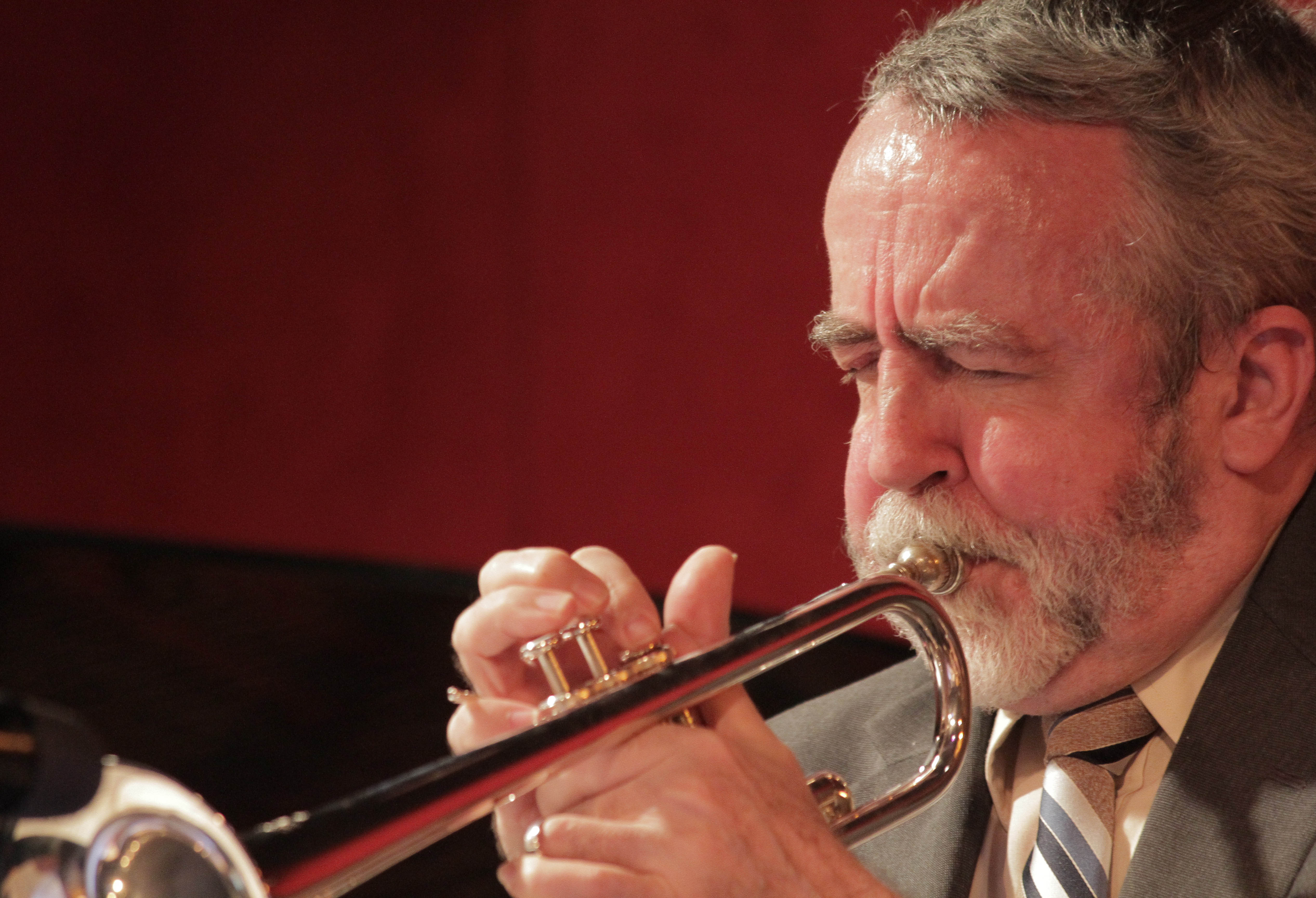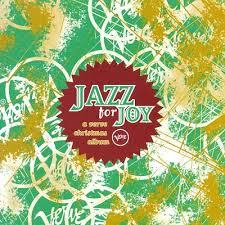Double Decker – Don Sickler
Deck The Halls in a double-wide arrangement for two basses that would also work great for melody instrument and bass or two guitars!
- Recording: Christian McBride - Jazz For Joy
- Recorded on: September 1, 1994
- Label: Verve (314 531 960)
- Concert Key: E
- Vocal Range: , to
- Style: Groove (medium)
- Basses & hihat - Christian McBride
0:00
0:00
Buy MP3
Video
- Description
- Historical Notes
- Solos
- Piano Corner
- Bass Corner
- Drum Corner
- Guitar Corner
- Inside & Beyond
- Minus You
This swinging, funky two-bass arrangement of Deck The Halls is right in the pocket, especially on this recording with Christian McBride overdubbed on both parts, as well as the hi-hat.. As with Those Soulful Jingle Bells, also available from this album, it's based on a vamp; in this case, the A section is all on a bluesy E7.
The vamp is four measures long and could be interpreted in different ways in regard to its starting point. The A section in the score offers one interpretation, which fits with the way the bridge begins. The bridge is written as seven measures, including the first measure of the vamp for the C section; for that section and the solos, the vamp starts one measure later and is thus easier to solo over in a more "call and response" style with the bass line.
Almost all lines of the melody, traditionally two measures, have been extended to four measures; the second phrase of the bridge is three measures. The solos are only on the vamp. On the recording, the repeated section of the intro is played only twice; it can be vamped.
Although conceived as a Two Bass arrangement, you can definitely do it with one bass and any other instrument playing the melody line. A trombone or any other bass clef instrument would read the top line of the Bass Duo part. Any C treble clef instrument would play from the C treble clef Score (Guitar Duo).
The vamp is four measures long and could be interpreted in different ways in regard to its starting point. The A section in the score offers one interpretation, which fits with the way the bridge begins. The bridge is written as seven measures, including the first measure of the vamp for the C section; for that section and the solos, the vamp starts one measure later and is thus easier to solo over in a more "call and response" style with the bass line.
Almost all lines of the melody, traditionally two measures, have been extended to four measures; the second phrase of the bridge is three measures. The solos are only on the vamp. On the recording, the repeated section of the intro is played only twice; it can be vamped.
Although conceived as a Two Bass arrangement, you can definitely do it with one bass and any other instrument playing the melody line. A trombone or any other bass clef instrument would read the top line of the Bass Duo part. Any C treble clef instrument would play from the C treble clef Score (Guitar Duo).
Arranger Don Sickler created this showcase for Christian McBride for the Verve Christmas album.
Note from Don Sickler:
The goal of the Verve Christmas album was to make sure each of the "Young Lion" Verve recording artists at that time had a feature. Christian was the bassist for all the other tracks, so I wanted something for him alone. I'd always loved the way Christian could really set a groove. When he told me he often liked to play the hi-hat on 2 & 4 when messing around, the idea for this arrangement was born. He immediately took to the funky groove line that I used to set up the melody (and continues).
Artists recording multiple tracks are always challenging. This one was a piece of cake for Christian. All he had to do was read the part, locking into the groove, then repeat the groove pattern for as many times as he wanted for his solo section. Then he put on the headphones and added the melody line and solo in overdub mode. I remember that he said he had a ball doing this track.
Note from Don Sickler:
The goal of the Verve Christmas album was to make sure each of the "Young Lion" Verve recording artists at that time had a feature. Christian was the bassist for all the other tracks, so I wanted something for him alone. I'd always loved the way Christian could really set a groove. When he told me he often liked to play the hi-hat on 2 & 4 when messing around, the idea for this arrangement was born. He immediately took to the funky groove line that I used to set up the melody (and continues).
Artists recording multiple tracks are always challenging. This one was a piece of cake for Christian. All he had to do was read the part, locking into the groove, then repeat the groove pattern for as many times as he wanted for his solo section. Then he put on the headphones and added the melody line and solo in overdub mode. I remember that he said he had a ball doing this track.
Although originally recorded by one bassist by first playing the bass line with a steady hi-hat, then overdubbing the melody, it's ideal for two bassists to play.
Or, with "Garage Band" or any other multiple-track recording software, you can, by yourself, go through the process described in the Historical Notes, first laying down the groove, then playing the melody and soloing on top.
Another alternative is to play the bottom, bass line staff, and let one of your instrumental friends play the melody part.
Or, with "Garage Band" or any other multiple-track recording software, you can, by yourself, go through the process described in the Historical Notes, first laying down the groove, then playing the melody and soloing on top.
Another alternative is to play the bottom, bass line staff, and let one of your instrumental friends play the melody part.
Related Songs
Email Send Double Decker to a friend
Send this page to a friend via email. Add your name or email in the first field. In the second, add one or more email addresses, separated by a comma.

Don Sickler
born on January 6, 1944
Don Sickler, founder of jazzleadsheets.com, was born on January 6, 1944, in Spokane, Washington. Don took up the trumpet at the age of ten and two years later formed his own jazz combo. Don received his Bachelor’s Degree from Gonzaga University, then decided to further his career and studies in New York City at the Manhattan School of Music, where he received his Master’s Degree in Trumpet Performance in 1970. During this time, he also played commercially, subbing on Broadway and playing in show bands and commercial jobs. Read more...
There was a problem.
...

